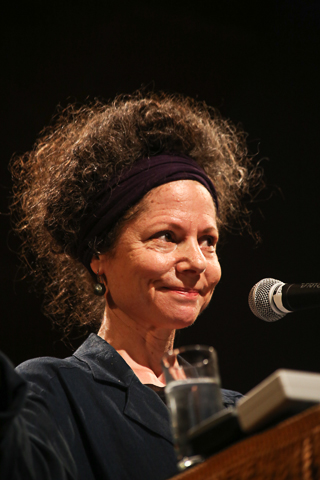
After the Waldo Canyon Blaze in Colorado, only this homes foundation remained. But the trees did not burn. Photo by George Wuerthner
(Image by George Wuerthner) Details DMCA
After the Waldo Canyon Blaze in Colorado, only this home's foundation remained. But the trees did not burn. Photo by George Wuerthner
It's wildfire season. Fire prevention has become another multi-layered situation that has me questioning commonly given advice. As I learn new perspectives, my new questions don't get simple answers. While I notice fire risk's relationship to soil moisture, air conditioning (it takes water), solar PVs (panels generate more heat than electricity) and data centers (they guzzle water to keep computers cool), I'd welcome forums where we can discuss the complexities respectfully.
Firefighters typically advise cutting down the trees and shrubs around a house in order to create defensible space and reduce fire risk. However, such cutting reduces soil moisture. Ecologist George Wuerthner finds that well-watered urban vegetation can help reduce ignition by reducing heat and, at times, blocking wind-tossed embers from reaching a home. He questions removing adjacent vegetation near homes. Wuerthner's photos show urban houses burnt to their foundation while nearby trees remained green. Instead of cutting down trees, he suggests protecting homes with non-burnable roofing, screened vents, cement siding and sprinkler systems.
Gabriel Popkin reports that one tree has the cooling power of about 10 window air conditioners while solar panels radiate much more heat near their glass covers than they convert to electricity. (I wonder: do solar panels on a flammable roof increase fire hazards?) Popkin questions why anyone would cut down a forest for a solar PV facility.
In 2022, before Dominion Energy's 4500-acre solar facility took out some 3,500 acres of Virginia forest, Popkin suggested that instead of destroying forests and farms, panels could go on already degraded landi.e. abandoned industrial sites and landfills.
Natalie Fleming writes that The Mojave Desert is now covered with sprawling solar facilities. She wonders if these solar installations upwind of Los Angeles unintentionally heat air and amplify already-destructive Santa Ana winds.
Hart Hagan explains why tree thinning is a bad idea even though the Forest Service promotes it. Monday, September 15 at 7pm/Eastern, Hart will offer a free webinar, The Worldwide Loss of Soil Moisture. Worldwide, between 2000 and 2016, we lost 2,623 gigatons of water. One gigaton is one billion tons or one cubic kilometer of water. The Earth's soils are running dry, and soil organisms are dying of thirst.
Does this dryness relate to data centers' consumption of water? Tech corporations rarely tell the public exactly how much they use, even while AI will drive an 11-fold rise in data centers' water consumption by 2028.
As Hart Hagan says, let's start this conversation!
EVs, WIND, BESS, TOXIC EMISSIONS & DATA CENTERS
Microwave News reports on a study showing that drivers and passengers should beware of astonishingly high magnetic fields in electric vehicles.
Offshore wind turbines leak substantial amounts of chemicals/heavy metals in the surrounding waters and yet their impact on the marine environment has rarely been assessed or monitored. We need to establish cost-effective and integrated monitoring that also assesses noise, electromagnetic fields and habitat impacts.
(Note: You can view every article as one long page if you sign up as an Advocate Member, or higher).





